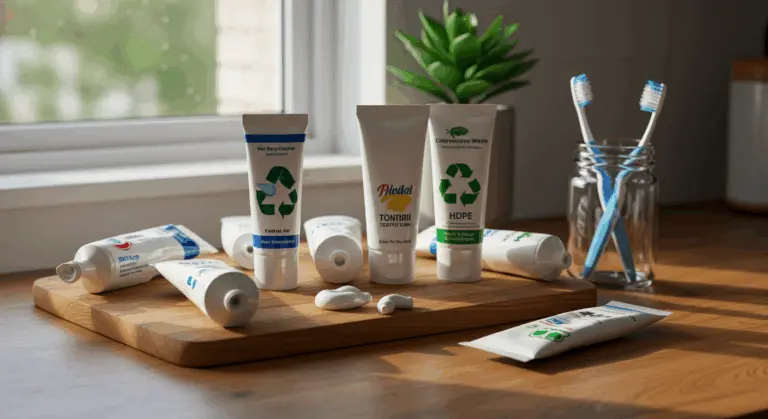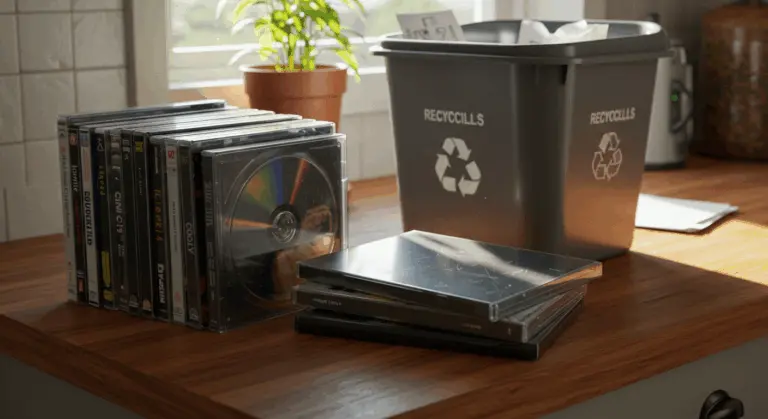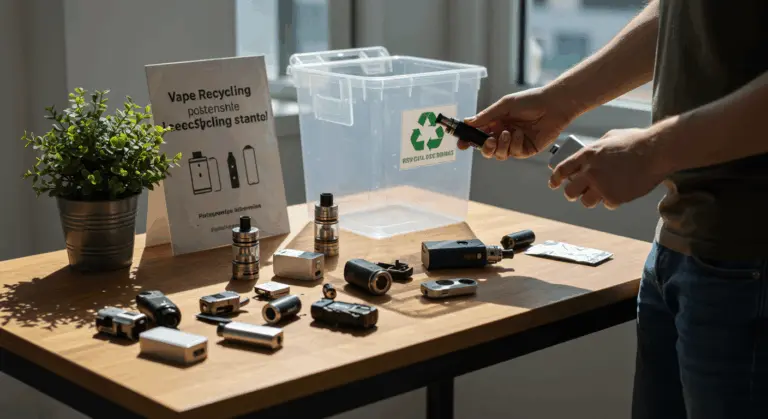Understanding Packing Peanuts – Types and Materials
Packing peanuts are those familiar, lightweight cushioning materials that tumble out of shipping boxes, designed to cradle fragile items during their journey. The most traditional variety springs from expanded polystyrene (EPS)—a plastic foam that has dominated packaging for decades. These airy, irregular shapes create effective cushioning by nestling into empty spaces and absorbing the inevitable bumps and jolts of transit.
Yet despite their effectiveness, conventional EPS packing peanuts carry a troubling environmental legacy. They refuse to biodegrade and have an unfortunate talent for escaping into the wild as persistent litter.
These materials excel at one thing: providing short-term protection in dry conditions. Introduce moisture, and you’re inviting mold and deterioration. Don’t even consider them for long-term applications like building insulation—they simply weren’t built for that kind of endurance.
Biodegradable Packing Peanuts – What You Need to Know
Biodegradable packing peanuts offer an environmentally friendly alternative, crafted from plant-based materials like corn or potato starch that break down naturally.
While polystyrene peanuts stubbornly occupy landfills for centuries, these eco-friendly alternatives can join your compost pile, transforming back into nourishing organic matter.
Here’s a crucial distinction: not every ‘green’ peanut truly biodegrades. Some are simply recycled polystyrene wearing an eco-friendly disguise. Want to spot the real deal? Genuine starch-based peanuts will vanish completely when dropped in water—a simple test that reveals their true nature.
Styrofoam Peanuts – The Non-Recyclable Option
Traditional styrofoam packing peanuts present a disposal nightmare, as most municipal recycling programs turn them away at the door.
Why the recycling rejection? Several factors combine to create this problem. These peanuts are incredibly light yet bulky, making them expensive to transport. Their petroleum-based polymer structure resists breaking down naturally. The result? An economically unviable recycling process that leaves these persistent plastics camping out in landfills for centuries.
When reuse isn’t an option, the trash bin becomes their final destination. Some specialized services do exist for businesses with large volumes, but these remain largely inaccessible to everyday consumers.
Recycling Packing Peanuts – Is It Possible?
The recallability of packing peanuts depends on two critical factors: what they’re made of and what your local facilities can actually handle.
Given the wild variation in recycling capabilities across regions, you should always start by checking directly with local waste management authorities. They’ll have the definitive word on what’s possible in your area.
Some peanuts—often sporting a green hue—boast up to 70% recycled polystyrene content. While this reduces virgin material use, don’t be fooled: they’re still plastic through and through, neither biodegradable nor compostable.
Reuse proves most effective for both practicality and environmental impact. Shipping stores and mail centers frequently welcome clean packing peanuts with open arms, giving them a second life while keeping them from landfills.
Where to Recycle Packing Peanuts
Before passing along your peanuts, seal them in a bag—this simple step prevents them from escaping and becoming as windblown litter.
-
Shipping Stores: National chains like UPS and FedEx, as well as local mail centers, often accept clean peanuts for reuse. Call ahead to confirm their policy.
-
Local Businesses: Check with other local businesses that ship products, as they may also accept donated packing materials.
-
Community Groups: Schools, art programs, and community theaters can often use packing peanuts for projects.
-
Online Locators: Use resources like the Plastic Loose Fill Council’s hotline (800-828-2214) or Earth911.com to find a drop-off location near you.
Alternatives to Packing Peanuts
-
Biodegradable Peanuts: Starch-based peanuts that look and function like polystyrene but dissolve in water and are compostable.
-
Paper-Based Materials: Crumpled kraft paper, shredded cardboard, and molded paper pulp are effective and widely recyclable.
-
Air Pillows: Inflatable plastic cushions reduce material waste and are lightweight, though they are still plastic.
-
Natural Fillers: Biodegradable options like popcorn or shredded wood (excelsior) can be used for cushioning and are compostable.
Environmental Impact of Packing Peanuts
Traditional expanded polystyrene packing peanuts create significant environmental problems. Their refusal to biodegrade fuels plastic pollution while they settle in for centuries-long landfill residencies.
Rather than breaking down naturally, polystyrene peanuts shatter into microplastic fragments that infiltrate ecosystems. Wildlife mistakes these particles for food, causing serious health problems: injury, malnutrition, and death. Meanwhile, toxins accumulate through the food chain.
The damage extends to waterways, where these materials leach toxic chemicals like styrene—a suspected carcinogen. Add to this their petroleum-dependent manufacturing process, which pumps significant greenhouse gases into the atmosphere.
Their featherweight nature means they easily become airborne, prone to becoming windblown litter that has prompted some regions to impose restrictions or outright bans. This mounting environmental pressure is driving the market toward sustainable, biodegradable alternatives.
The Role of Legislation in Packing Peanut Disposal
The United States lacks federal laws specifically targeting packing peanut disposal, leaving these materials governed by a patchwork of local waste management policies that vary dramatically by location.
As awareness of polystyrene’s environmental toll grows, local and state governments are taking action. Major cities and counties have rolled out partial or complete bans on expanded polystyrene products, though these typically target food containers rather than shipping materials. This fragmented approach leaves consumers navigating inconsistent guidelines when trying to dispose of packing peanuts responsibly.
The regulatory confusion deepens due to infrastructure limitations—most municipal recycling facilities simply cannot process polystyrene. This reality funnels household packing peanuts straight to landfills.
Future legislation may bring change is coming. Several states are exploring extended producer responsibility (EPR) laws that would shift packaging waste management back to manufacturers. Such regulations might encourage development in sustainable packaging or establish take-back programs for materials like packing peanuts. As biodegradable alternatives gain traction, future legislation may also establish clearer compo stability standards and create proper disposal pathways for these environmentally friendlier options.




